They Were Originally Made of Wood
So many generations have grown up building all kinds of things using Lego. Originally, they weren’t much more than basic bricks in various bright colors. As time went on, pieces became more and more specialized, allowing for more complex and intricate structures, and figures to build. Now, you can use gears, pulleys, motors, and a whole slew of pieces to build pretty much anything in your imagination.
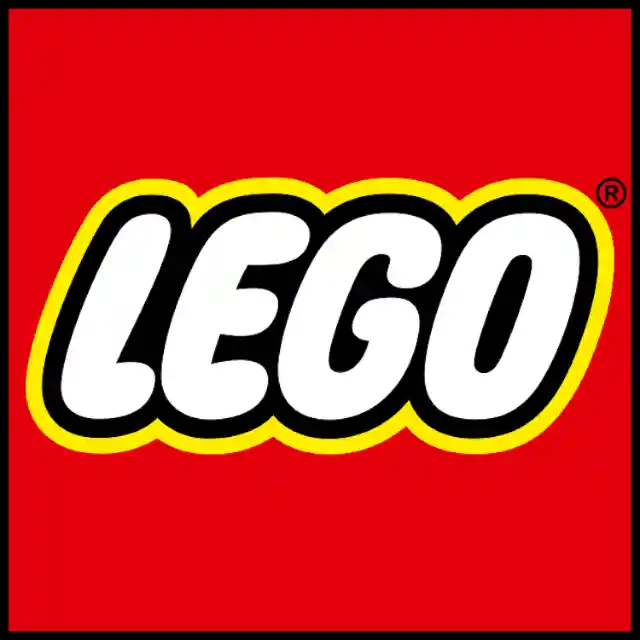
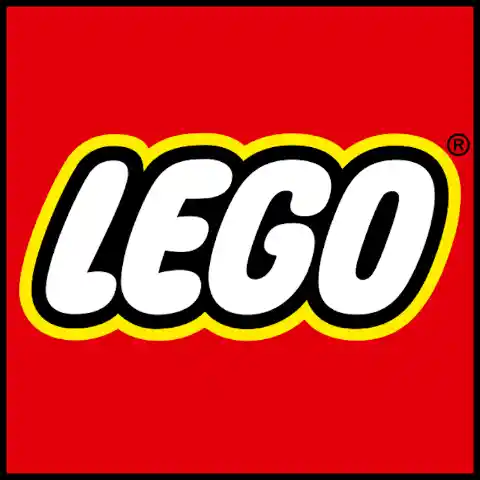
The Lego company is based in Billund, Denmark, where it arose as a result of a series of tragedies for founder and carpenter Ole Kirk Christiansen. After a fire burned down his shop, and his wife passed away in 1932, he had no choice but to let go of the majority of his staff.
His solution to such a difficult situation was to craft inexpensive toys made from wood, which he originally called leg godt (play good). After a second fire destroyed Christiansen’s factory, he switched over to creating his toys from plastic with the help of a plastic injection molding machine.
The Changes of the 1970s
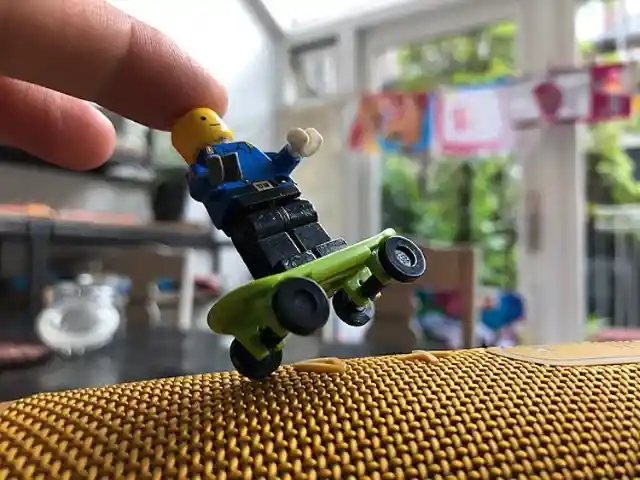
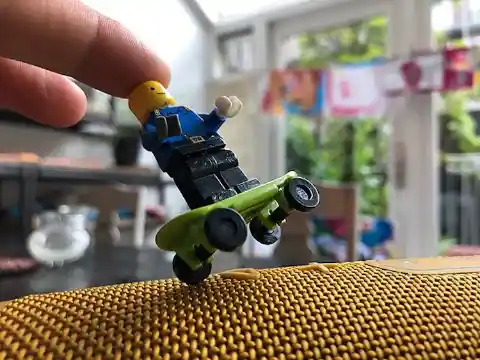
This decade brought with it the introduction of the mini figure in 1975. These small Lego characters began faceless, with a yellow skin tone, to appear racially neutral. Each head purposely had holes on either side to stop children from choking if they happened to ingest a piece. These figures were four bricks high until the very first Yoda figure was introduced. When it came to the first officially themed set, Legoland Space was introduced in 1979.
High Production Count
Every second, there are 1,300 Lego bricks made. Laid end to end, these bricks would go around the world over five times. In terms of mini figures, there are more than four billion of them in the world, as well as over 80 bricks for every individual on the planet.
Each Lego brick is incredibly durable, designed to withstand 950 pounds of pressure. You can even stack 375,000 bricks on top of each other before they finally give out at the bottom. Currently, Lego produces more than 60 colors, and features over 3,700 different elements.
Safe Travels
During a storm in 1997 in which approximately 4.8 million Lego pieces fell into the ocean off a Tokyo container ship, the majority of them were later found completely intact. Some washed up in Cornwall, England, while others made it as far as Australia and Texas. Ironically, these bricks came from nautical Lego sets.
Go Big or Go Home
Using five million blocks, a builder created a life-sized replica of a Star Wars F-wing fighter. Other massive designs have included a 112-foot tower and a nearly three-mile railroad. James May of Top Gear fame even managed to build a full-scale house entirely out of Legos, including a working toilet. The sad part was that he built it on a vineyard and was unable to pay to move it to Legoland, ultimately resulting in its demolition.
A Comeback Story
In the year 2003, Lego was near bankruptcy after a series of bad decisions for the company. These included an oversized mini figure that didn’t fit with the other pieces, a failed television series, a failed restaurant, and a tanked Lego Digital Designer, which allowed users to design custom Lego sets and have them shipped to their door. Luckily, Jorgen Vig Knudstorp was able to revitalize the brand not too long after.
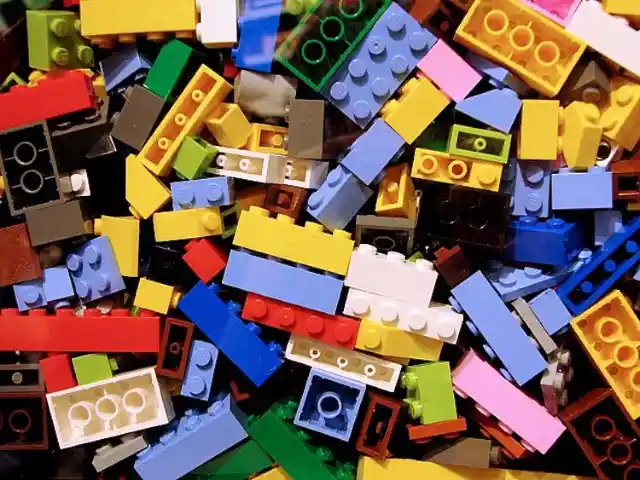
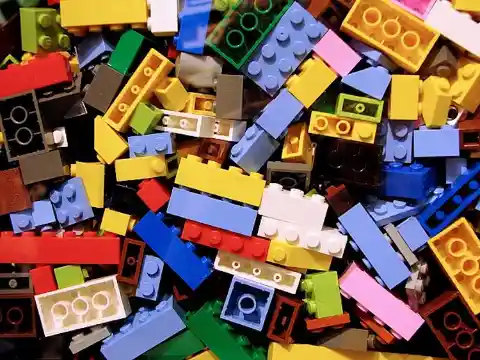
Modern Updates
Today, Lego has been able to produce more eco-friendly pieces, and make use of sustainable materials for its products. They’ve introduced sets geared towards adults, after seeing the demand for it. The company also has six Legoland amusement parks, a series of Lego movies, and a number of games.